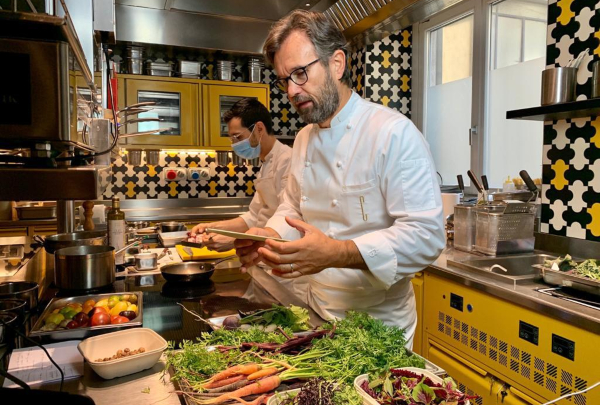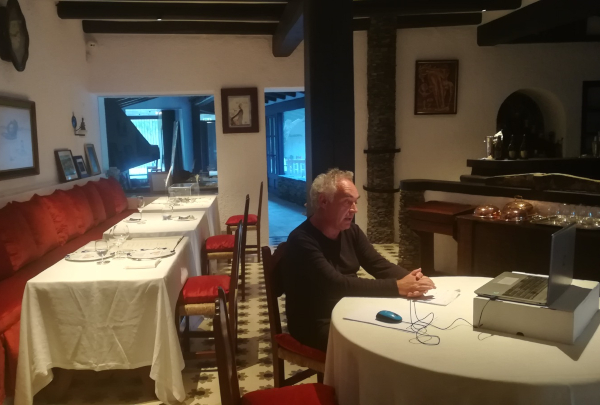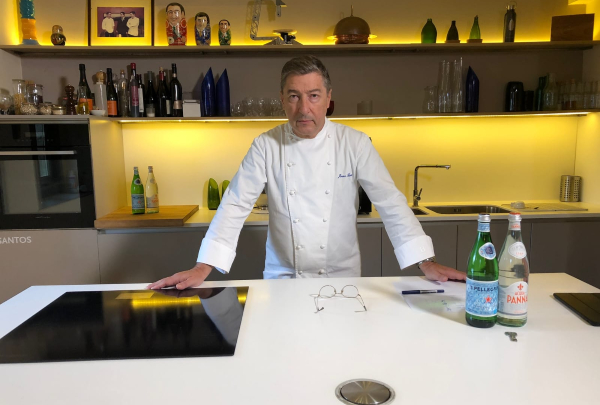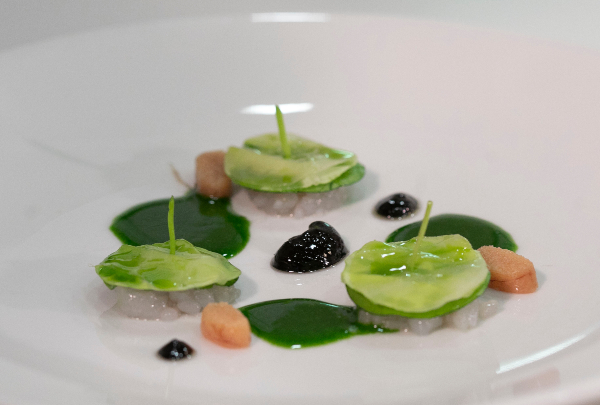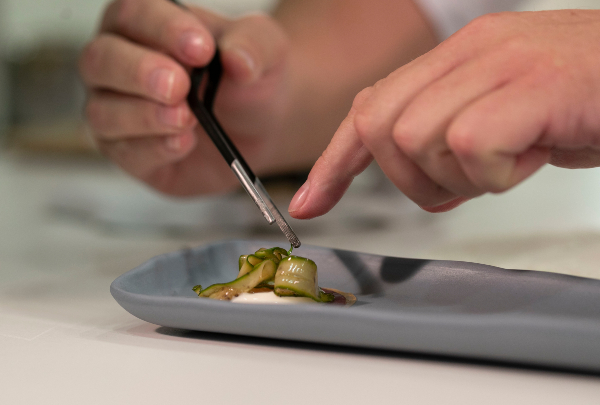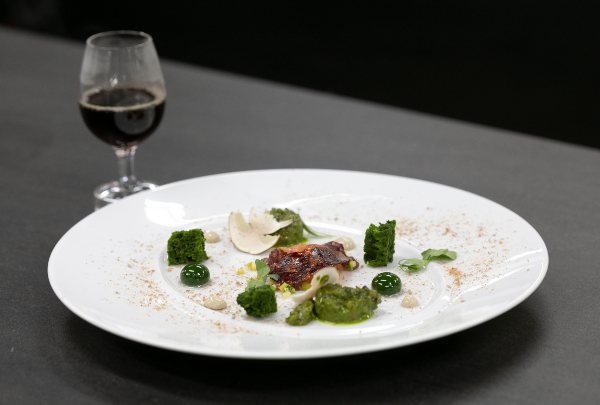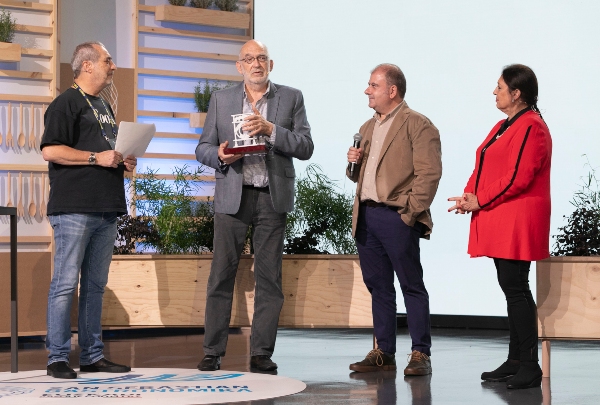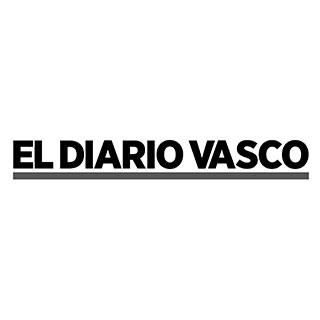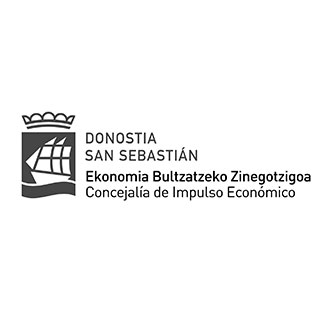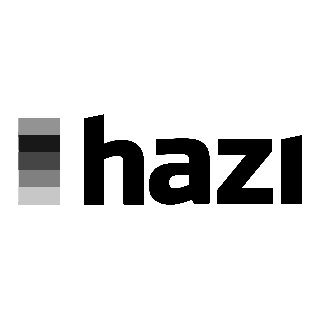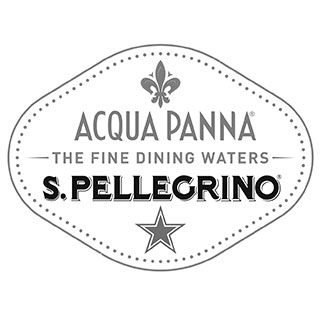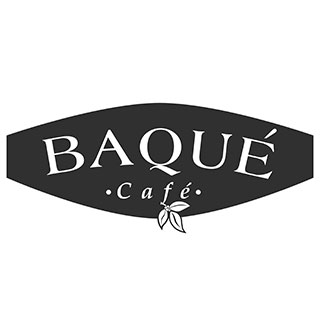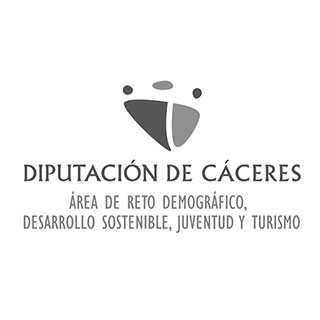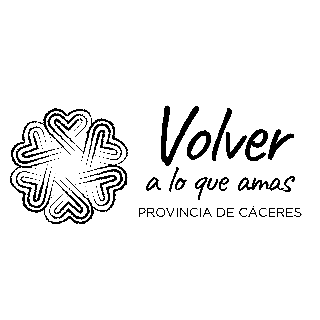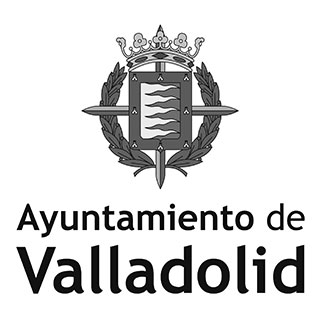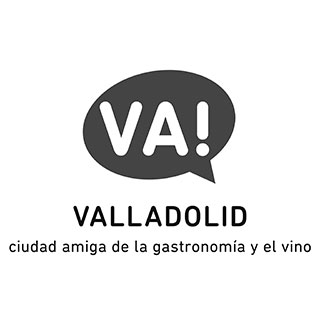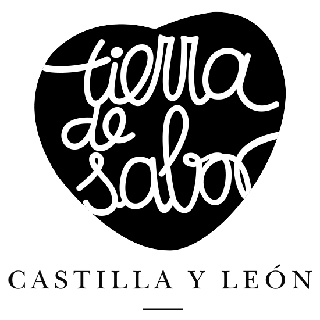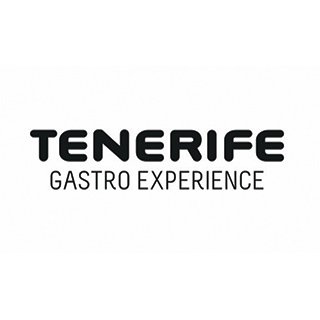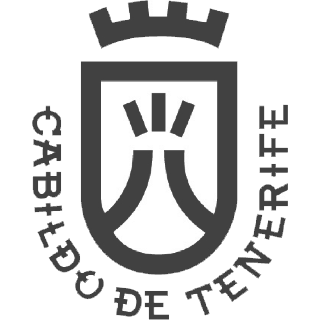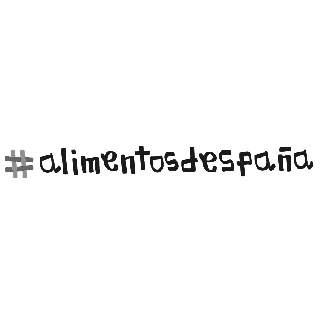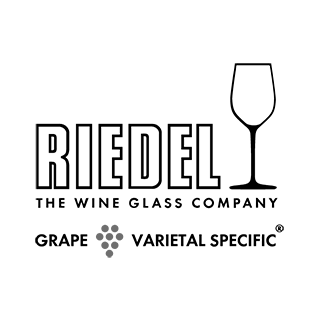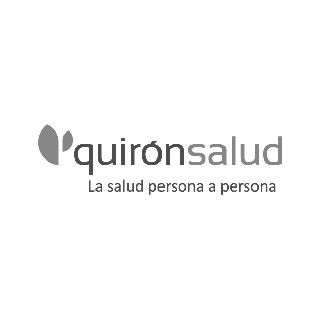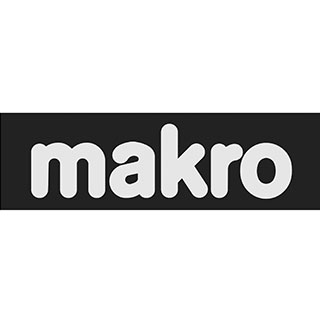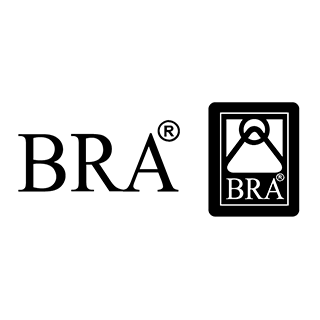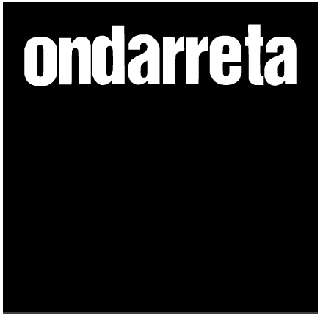News
Quique Dacosta: salt-curing in evolution

The twenty-second edition of San Sebastian Gastronomika-Euskadi Basque Country started with Quique Dacosta.
The twenty second edition of San Sebastián Gastronomika-Euskadi Basque Country has kicked off with Quique Dacosta, Chef of the restaurant with the same name boasting three Michelin stars and located in Dènia. His presentation “Mummies. A contemporary look at salt-curing. Cooking salt” has been organised at the Akelarre Restaurant, one of the sets where several presentations will be given.
Quique Dacosta launches the new San Sebastián Gastronomika-Euskadi Basque Country Congress format with the day’s, and this edition’s, first presentation, explaining his most famous technique: salt-curing. As we all know, at his restaurant the Chef offered -until Covid and its restriction protocol- a cart on wheels, displaying the different products prepared using this technique, which was moved from table to table so that diners could choose and taste the product that most took their fancy. An idea taken from the traditional cheese, bread or dessert carts.
This is how the customer, as was shown in the introductory video in order to provide spectators with context, was able to enjoy what he proposed such as sangacho (the darkest part of the tuna), maruca roe, mullet roe, octopus, cuttlefish or cod roe subjected to salt-curing, but without losing any of their succulence. In order to achieve this in each of his preparations he uses a treatment which combines salt, curing times (from hours to days according to each piece), smoking, dried herbs, sun and with the octopus, just a touch of fire. In these processes the salt is used as tool for cooking, not preserving.
From that moment on, and with the arrival of the pandemic and hygiene-sanitary regulations meant the cart of salt-cured products had to disappear, however, in turn, this enabled him to evolve towards more elaborated proposals on which they were already working.
After screening the video in which Dacosta displays and explains how the original salt-curing dishes were made by using current recipes, the Chef then went on to reveal the secrets behind his new proposals.
Thus, maruca roe, for example, is opened like a Torta del Casar, in which the interior is extracted and is placed in a sleeve to manipulate it better and turned it into a disc shape. The disc of roe is then placed between two rice with potato wafers, such as in “coca” upon which sherry vinegar pickled beetroots, onion tips, Marcona almonds, bread, sautéed chard a little garlic and dry leaves are added. The morsel is eaten like a taco.
Another of the new preparations comes from mullet roe. This is covered in salt and once dry, is soaked in juice extracted from chicken embryo cured in salt and sugar (once the juice is extracted, the yolk is removed to avoid the skin), which is left to rest and then adding salmon roe. A dish with three eggs from three different animals.
The following dish is prepared commencing with cod roe. A Samorreta is prepared adding some anchovy paste using this mixture to cover the cod roe. After three days in this mixture, the skin is taken off and then placing a dent in the middle until the dish looks like an anchovy. To accompany this recipe, a fishbone with rice wafer is prepared, painted on with anchovy sauce, baked and then adding Béarnaise sauce.
Dacosta then went on to prepare salt-cured red tuna roe. After burying it in salt for 14 days, it is opened, the roe is removed, and then placed in mild tuna stock, slightly heated then adding urchin sauce to obtain a polenta. Once the preparation is placed on the dish, a film is placed on top -the result of curing with a juice of fermented tomatoes-, three urchin roe, three cured tomato roe and boiled mustard seeds.
Dacosta ended his presentation with a recipe of cured bluefin tuna loin jerky cured in cow grease, cut very thin adding a touch of salt and fermented in round grain “bomba” rice.
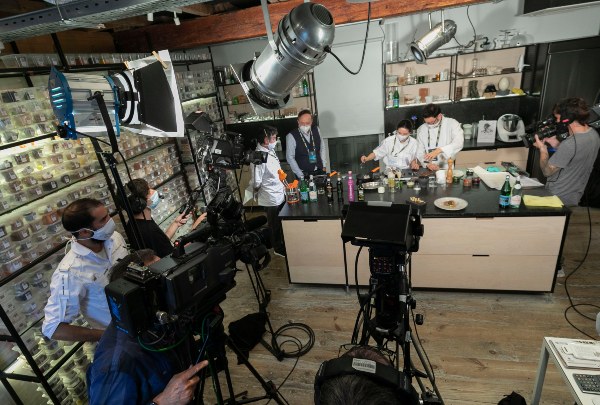
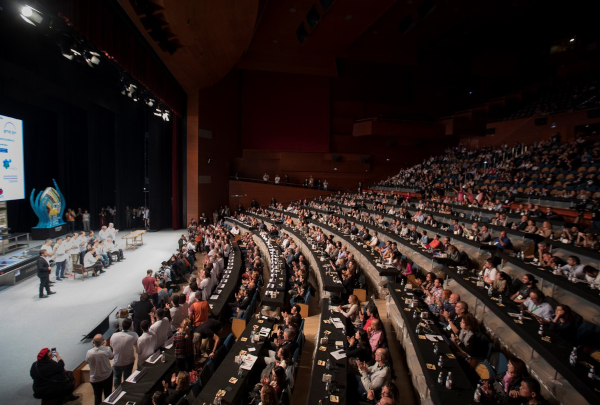
.jpg)
